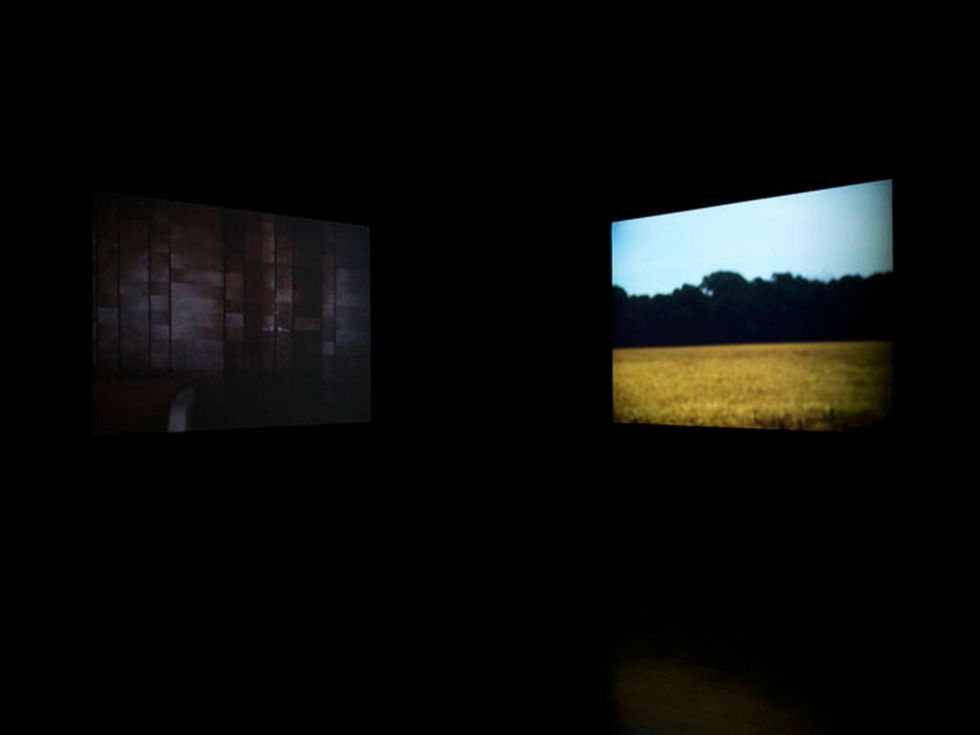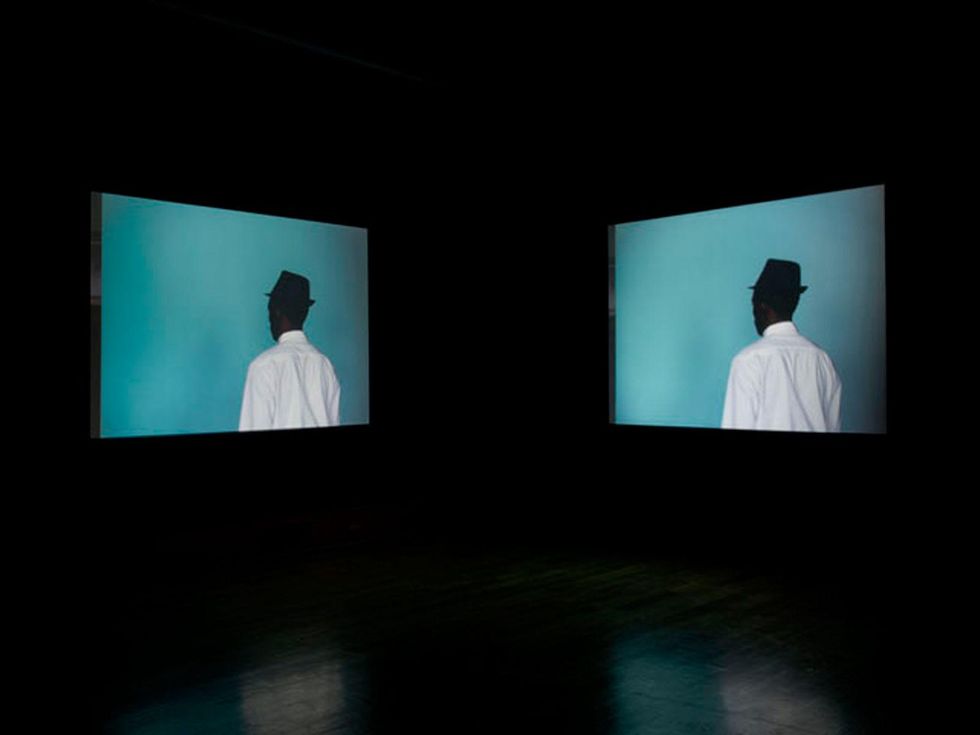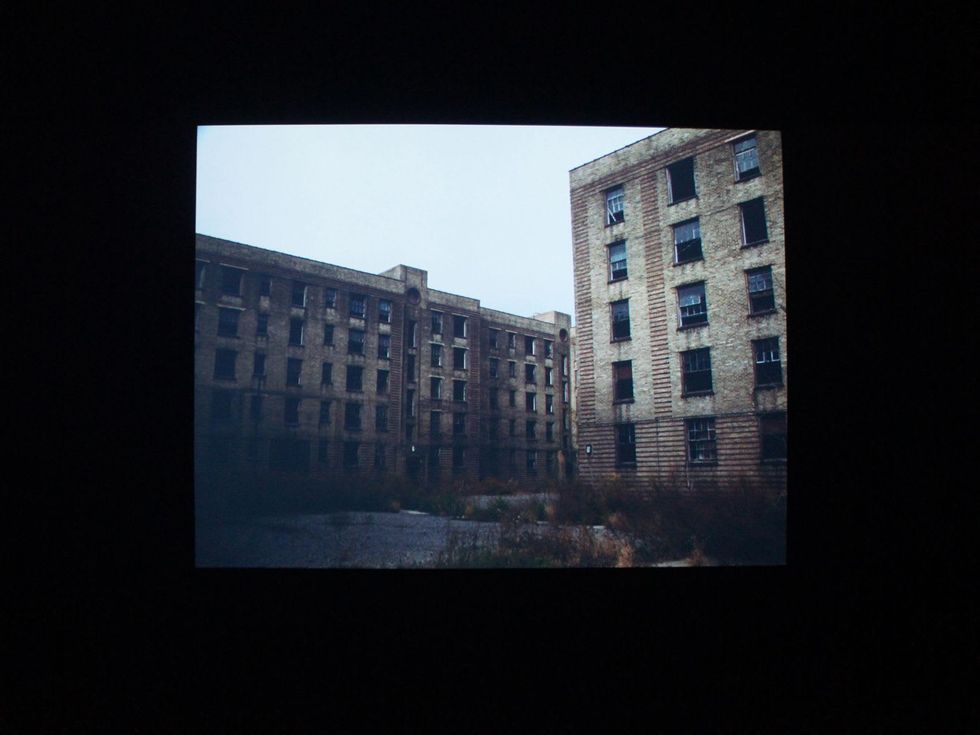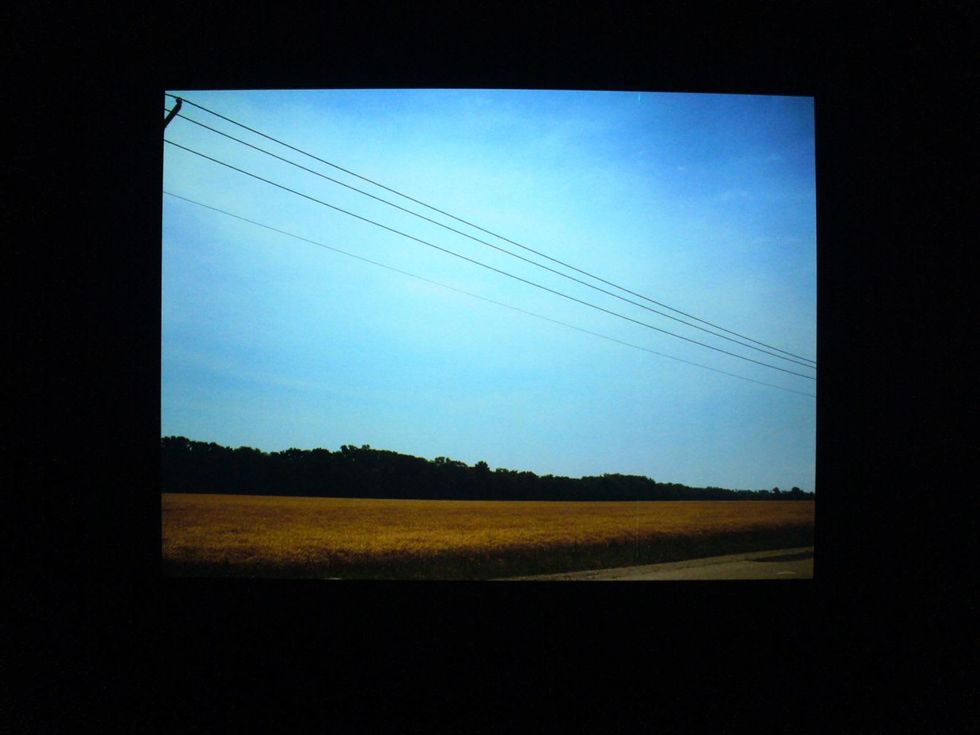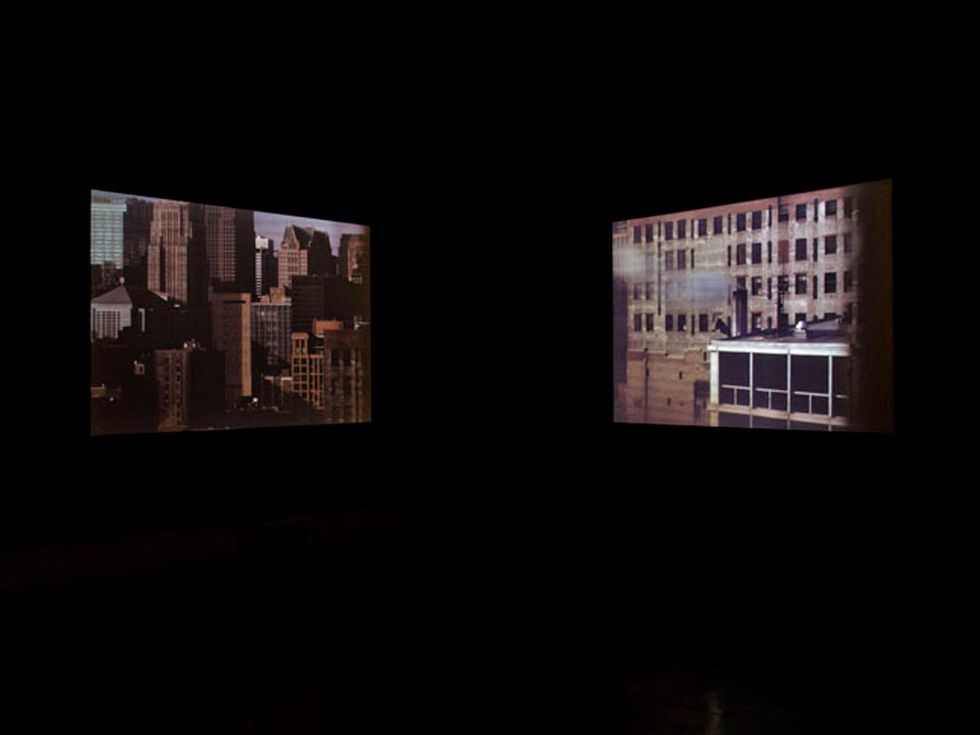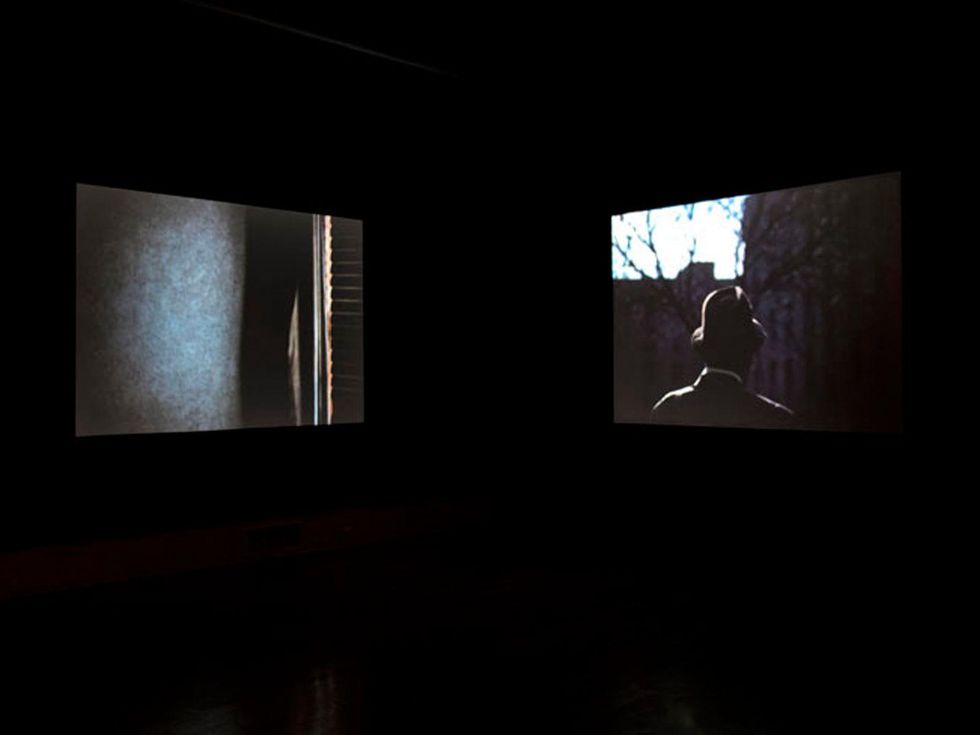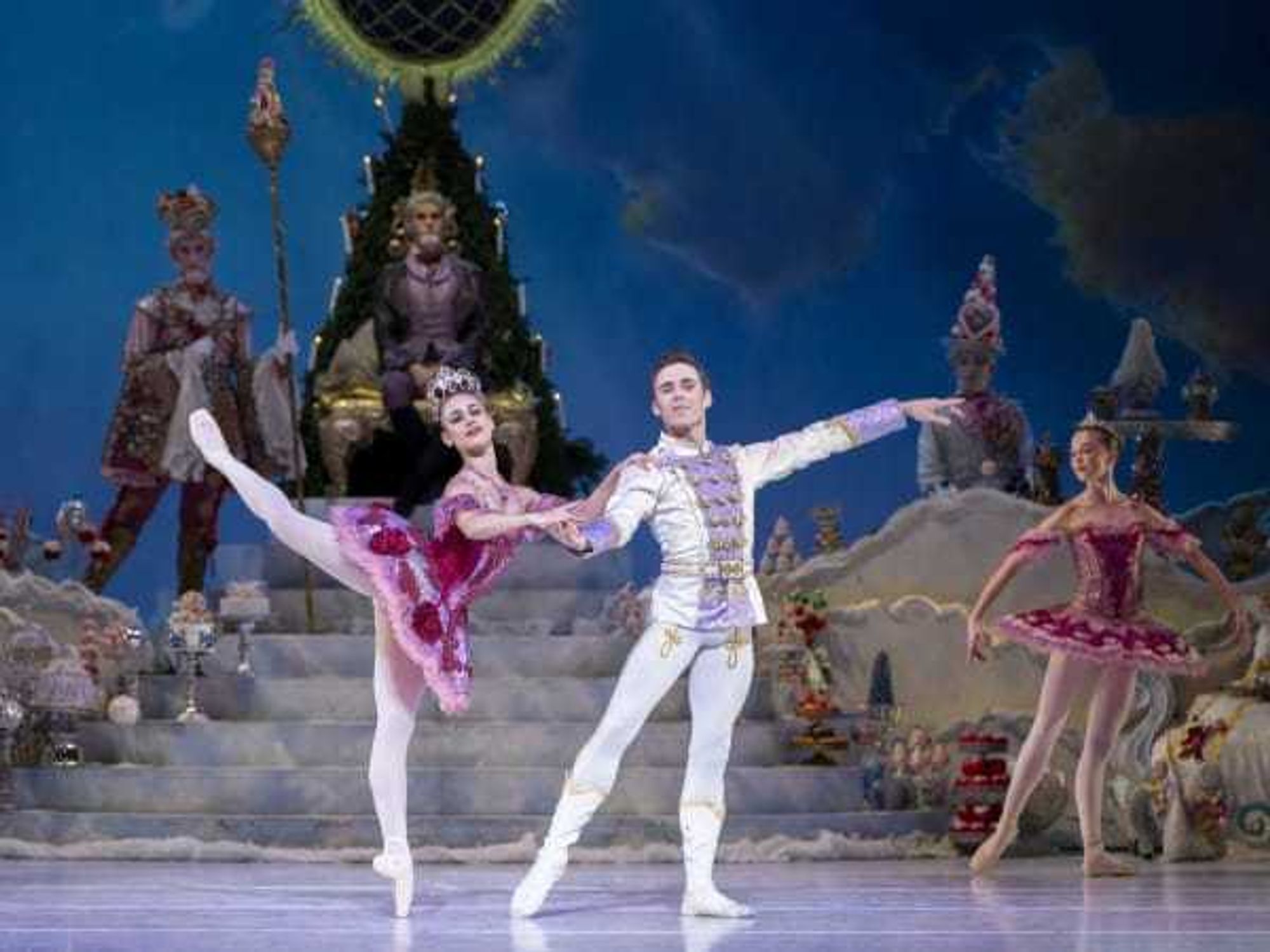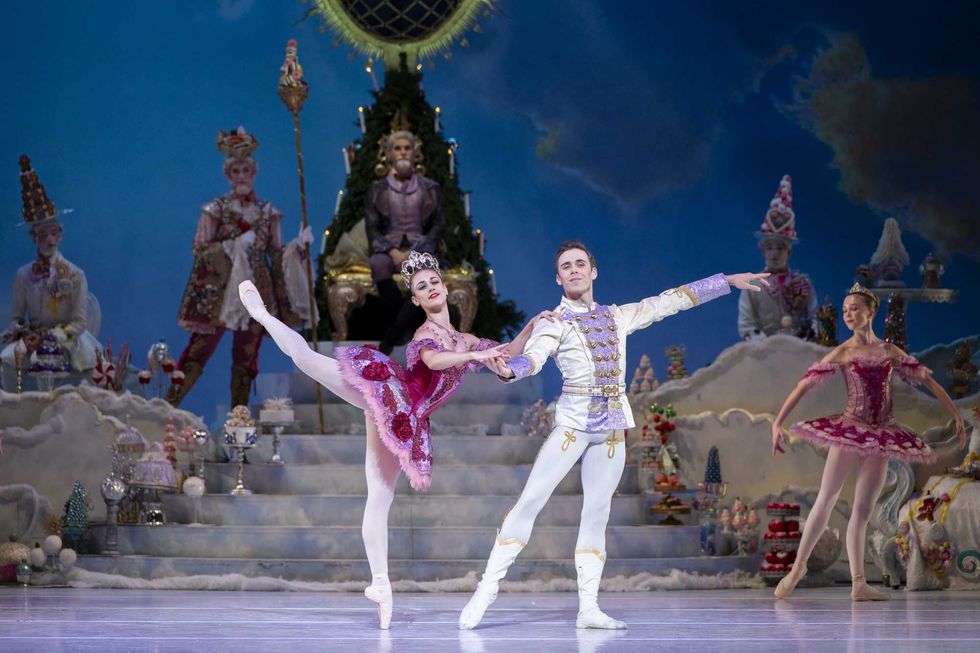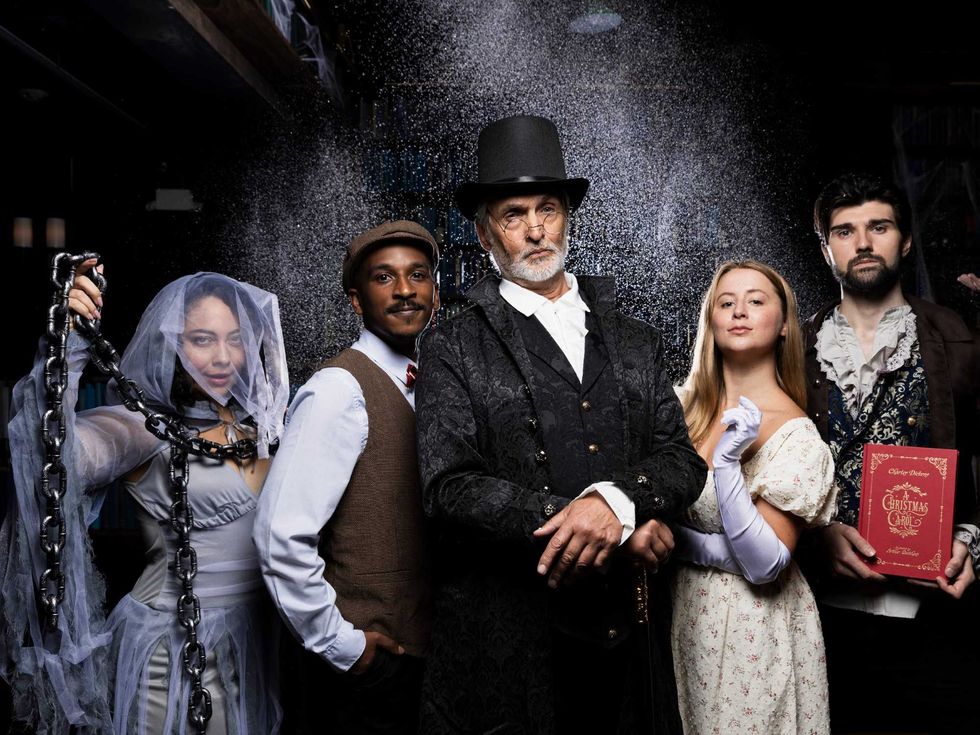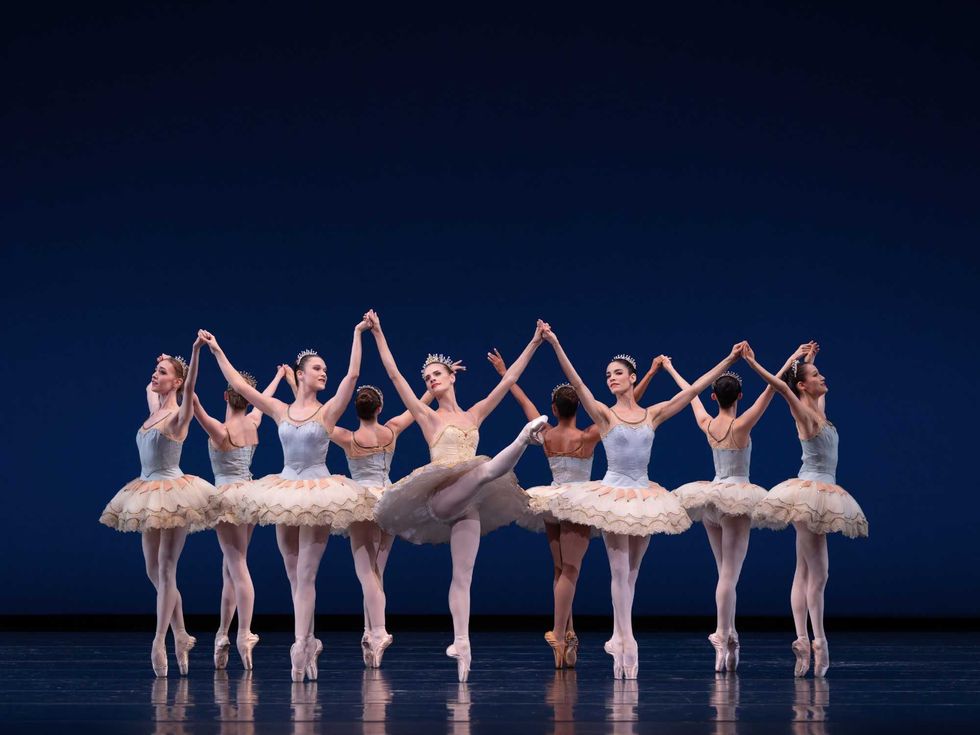Whether you’re looking for something naughty or nice, Houston theater companies have a show in their bag of musical, dramatic, and comic goodies for you. December brings a diversity of shows for all ages, from an inebriated version of A Christmas Carol or an adult comedy about the highs and lows of holiday dating to dance and acrobatic spectaculars for the whole family. As 2025 draws to a close, every Houstonian deserves some theatrical treats.
The Nutcracker from Houston Ballet (now through December 28)
One of Houston’s most beloved traditions returns, as Houston Ballet invites us to a very magical night at the bustling Stahlbaum Christmas party. And one adventurous girl will receive a rather mysterious food preparation gift, in Houston Ballet co-artistic director Stanton Welch’s sugarplum dreamy Nutcracker Ballet.
Dancing to the beloved Tchaikovsky score, all our favorites – the Nutcracker Prince, Sugarplum Fairy, Rat King. and the international ambassadors – will take a turn at the magical winter court. In Welch’s imagining, Clara becomes the hero of this enchanting story where the all the animals dance as well as the weather, in the form of lovely snowflakes. With hundreds of characters, a 39-foot Christmas tree, a two-story Georgian mansion set, and 75 pounds of falling snow, this Houston-born production is renowned as one of the grandest versions of The Nutcracker ever staged.
Drunk Christmas Carol at Emerald Theatre (now through December 28)
From the inebriated crew that brought us Drunk Shakespeare, and just a month ago Drunk Dracula, comes this latest experiment in acting while sloshed. One thespian takes five shots of whiskey and attempts to take part in an epic retelling of one of the greatest holiday stories of all time. When one humbug-uttering, but still hot, silver fox is visited by three ghosts, will he change his ways, or get totally scrooged? The Drunk Shakespeare Society is decking the halls with a tipsy and twisted toast to the big Dickens himself, and the season of spirits (the alcoholic kind). Will the drunk actor be playing a ghost of Christmas, Tiny Tim, or even the grumpy Scrooge himself? We can’t predict, but we’re pretty sure it will be a night of caroling like we’ve never seen before.
It’s a Wonderful Life: A Live Radio Play at Stages (now through December 28)
In this retelling of the classic Frank Capra film, as adapted by Joe Landry and based on the story 'The Greatest Gift' by Phillip Van Doren Sternad, some of our favorite Houston stage actors play 1940s radio actors attempting to broadcast a live radio performance of the It’s a Wonderful Life story. Six stage actors will play radio actors portraying dozens of Bedford Falls characters, while also creating live foley effects, from thunder and walking in snow to ice breaking, doorbells, and slamming doors, all layered with period-inspired design. Stages artistic director, Derek Charles Livingston, helms the staged and heartwarming radio chaos.
The Night Shift Before Christmas at Alley Theatre (now through December 28)
In this very contemporary Texas take on A Christmas Carol, we spend Christmas Eve with a lonely night owl taking a late night shift at a burger joint. The company gave the show a world premiere in 2022, but last year the script and name went through some changes from playwright Isaac Gómez to keep the laughs timely and story emotionally poignant.
In this very 21st century twist of a Carol, Scrooge becomes Margot. Flipping burgers and women-ing the drive-thru mic, Margot is about to find out the usual grumpy customers and an equally grumpy robotic Santa are the least of her worries. To bring a bit of Christmas spirit into her life, her dead friend Jackie Marley stops by with a gaggle of ghostly customers. Briana J. Resa, who originated the role of Margot with gusto, is back playing all the characters in this one-woman show.
Margaret Alkek Williams Jubilee of Dance from Houston Ballet (December 5)
For 20 years, this annual one-night-only celebration always brings back some of the HB highlights from the last few season, while also offering a peek of what’s to come. The lineup of short works and excerpts from epic ballets also gives dance lovers a chance to relive the highlights, while the performances showcase the artistry and athleticism of HB’s stellar company. The Jubilee also gives audiences a chance to see the occasionally revival of rarely seen works pulled from the vault.
Some works to look forward to will be Vasily Vainonen’s rarely performed Flames of Paris and a premiere by emerging choreographers Ilya Kozadayev, who will be debuting his work Echoes. And to celebrate the work of former HB executive director James Nelson and his retirement, Stanton Welch has choreographed a special piece to “Dream A Little Dream.”
A Long Night from Cone Man Running Productions (December 5-20)
For those looking for some sugarplum-free thrills, here’s a world premiere psychological twisty tale, perfect for December’s long, dark nights. A Long Night is the story of a family harboring relationship-ending secrets and devastating truths they’ve hidden from one another. But when unexpected visitors arrive on Christmas Eve, the façade begins to crack, and what spills out is anything but festive. Cone Man says this brand new play by Matt Elliott and Debra Schultz explores themes of the terrifying cost of silence, the bleak consequences of greed, and the sometime dangers of trust.
White Christmas from Theatre Under the Stars (December 9-24)
TUTS always makes its holiday show one of the biggest, most joyous of the year, and this season is no different with this classic Irving Berlin musical. In this story, two tapping army buddies, Bob and Phil, turned song-and-dance sensations, team up with a pair of talented sisters to save a snowy Vermont inn. Inspired by the beloved 1954 film, this festive Broadway musical sparkles with romance, nostalgia, and show-stopping numbers like “Blue Skies,” “I Love a Piano,” and “White Christmas.” Along with a huge cast of local favorites actors and nationally-acclaimed performers, look also for a very talented teen ensemble made up of students from TUTS Humphreys School and The River. With a full orchestra and Broadway-worthy sets and costumes, it wouldn’t be a surprise if a bit of “snow” falls upon audiences with this family favorite.
The Twelve Dates of Christmas at Stages (December 12-28)
'Tis definitely the season for comic one-woman shows, as Stages rings in the holidays with the hilarious heartbreak of modern dating. After seeing her fiancé kiss another woman at the televised Thanksgiving Day Parade, Mary’s life falls apart. Over the next year, she stumbles back into the dating world, where “romance” ranges from weird and creepy to absurd and comical. It seems nothing can help Mary’s growing cynicism, until the charm and innocence of a five-year-old boy unexpectedly brings a new outlook on life and love. This charming one-woman play offers a comic and modern alternative to the old standards of the holiday season. Dynamic local actor Jaime Rezanour plays Mary, and staged in the very intimate Levit Stage, audiences will be up close for all the failures and wins of this show’s romance hijinks.
Who's Holiday! from Garden Theatre (December 18-21)
In honor of their fifth anniversary, Garden Theatre is bringing back some audience favorites, including this decidedly adult holiday show, an irreverent parody about the aftermath of the Dr. Seuss Grinch Who Stole Christmas classic. Cindy Lou Who, the adorable tike who saved Christmas from the Grinch in the original story, has reached adulthood, lives in a trailer on Mount Crumpit, and boy has she seen some Seussicial – let’s say – stuff in her time. Local fav Chaney Moore, who has appeared on many a Houston stage, plays the bawdy, outrageous Cindy Lou as she prepares to host a tell-all Christmas party. “She’s got a martini in one hand, a cigarette in the other, and she’s ready to finally tell you her side of the story,” says Garden Theatre AD, Logan Vaden.
Cirque Dreams Holidaze presented by Performing Arts Houston (December 23-24)
Take a break from the holiday pace with this show perfect for visiting family and friends of all ages. This whimsical family holiday spectacular wraps a Broadway-style production around an infusion of contemporary circus arts, including soaring aerial acts, tumblers, dancers, and clowns. With a child’s perspective, a fantastical cast of holiday storybook characters come to life on stage in a production that features an original musical score, twists on holiday classics sung live, new sets, scenery, and storylines.
